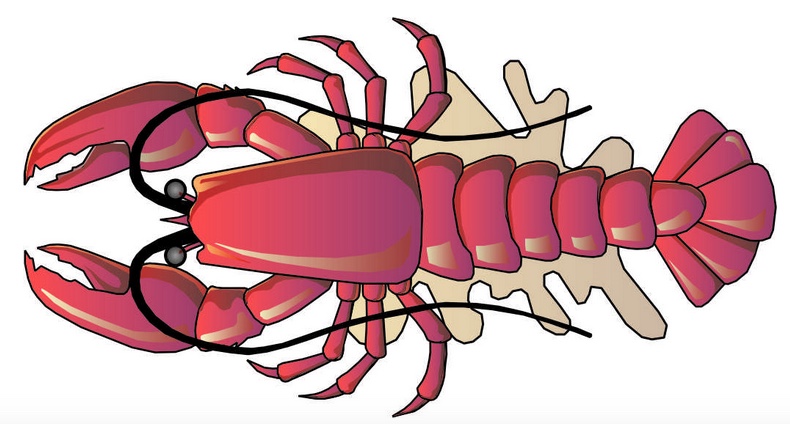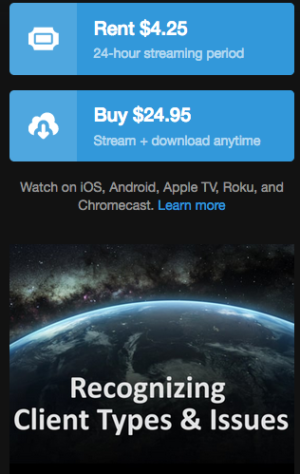
by Susanne Beck | Leadership
The lobster fishery has been a way of life for generations of families in sea-side communities. It has literally put food on lots of tables.
Over the years, the perception of the value of lobster has changed. Lobster hasn’t always been considered a treat; far from it.
Generations ago, it was embarrassing for a kid to bring lobster to school. A lobster sandwich conveyed the message, “We can’t afford to buy filling for our sandwiches; we have to eat lobster.” Lowly lobsters were perceived as trash, tossed in the garden for fertilizer.
How’s lobster perceived now? It’s a delicacy in restaurants. It’s packaged for travel. It’s no longer perceived to be the food of the poor.
But it’s still lobster. It still looks, tastes, and smells the same as it did generations ago. The lobster hasn’t changed. What did?
The perception of value has changed. Why? Part of that change may reflect supply and demand. However, it seems that there was also a perceptual change similar to what happens in fashion. Clothing, jewelry, shoes—they are all vulnerable to going “in” or “out” of style. A brand name hits the right promotional tone, becomes the hot thing; everyone wants it, price goes up.
Then that brand is ousted by a different brand and your expensive sweatshirt, purse or coat becomes so “last year.” The product hasn’t changed. The material, the design, the workmanship is still there. But now it’s worth a fraction of its former value.
Let’s take those questions of value into a bigger picture. Consider the objects that you value. What makes them valuable to you? Is it the purchase price? The usefulness? The memories it evokes?
Does something take on higher value if it’s celebrity-endorsed? Does something take on a higher value if others wish they had it? If you lived in the wilderness with no one to impress or to envy, would you still value the object?
Does your perception of an object’s value depend on how valuable others believe it to be? Or do you perceive the value based on your personal criteria: usefulness, effectiveness, whatever is important to you?
Now, let’s consider the value of ideas and opinions.
When you hear an opinion, does your perception on whether it’s right or wrong depend on who is voicing it? Does it depend on how popular it is? Does it depend on whether it’s promoted in media or by thought leaders? Or do you decide based on your own criteria: your principles, beliefs, and critical thinking skills?
Do you question why some opinions are promoted, while others are ridiculed? Do you wonder whether some prevalent opinions of the day are fundamentally sound, or are they, like the value of lobster, based on perceptions?
Whether it’s products or ideas, when we let others define value for us, we give up an important freedom.
If you have lobster sandwiches in your lunch box, how concerned would you be that others might judge you?

by Susanne Beck | Leadership
When traveling with kids (or some adults), you’ll hear a repetitive chorus of, “Are we there yet?”
If you are the driver, you may choose to find that annoying.
However, put yourself in the position of the passenger-child for a moment. They have no control over where they are, and they probably have little information about what is to come. From their perspective, it’s just one endless boring kilometer after another. When will it ever end?
We go on many journeys throughout our lives; not all of them involve travelling. Some journeys involve career, education, marriage, house-building, child-raising. Other interests have destinations too, whether you want to become a master chef, woodworker, or more physically fit.
Any of those journeys can be long. They may have tedious dull sections interspersed with moments of panic, and they will likely include a few setbacks, U-turns, and some confusing directions.
Whenever we embark on a big goal, “Are we there yet?” is a worthwhile question. And while it may be clear that the answer is “No, not yet,” having a little information can make the experience more fun and satisfying for everyone involved in or touched by the journey.
Think about a scavenger hunt. Why is that fun? Part of the entertainment is that you get feedback as you go—you know that you are making progress as you find treasures along the way.
For a road trip, try choosing landmarks along the way that break the trip up into manageable chunks. Seeing and sharing checkpoints along the way provides feedback. When everyone sees the mastodon on the ridge, or the giant welcoming blueberry, or even a favourite rest area, they know where they are in relation to where they are going. Progress is happening!
Simply knowing that you are headed in the right direction and getting closer to your goal can be remarkably satisfying.
This idea of making and communicating incremental progress is helpful for all kinds of “journeys” in life. Most anything that has a goal can be broken into sub-goals. For example, do you have a long educational program stretching out in front of you? What are the big milestones? Completion of tests, courses, projects…
Make a checklist, and check things off as you complete them. First semester done? Check it off. There’s no need to micro-analyze (that is, don’t try avoiding your work by making elaborate checklists.) However, giving yourself feedback by checking off completed tasks can really help you stick with it and stay motivated.
There’s a big difference between having no clue about where you are on your journey versus knowing you’ve passed 5 of the 7 checkpoints and are making progress.
Whether you are on a journey by yourself or with others, communicating milestones can help replace the aggravation of, “Are we there yet?” with the motivation of, “We’re getting there!”
What kinds of journeys could you apply milestones to in your life?





